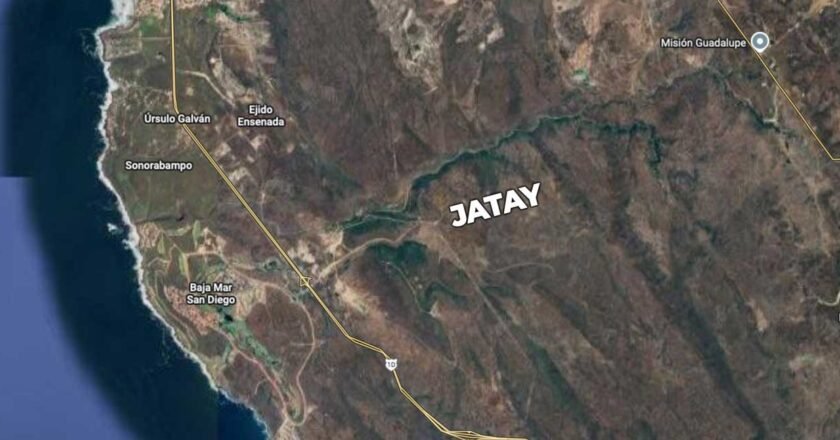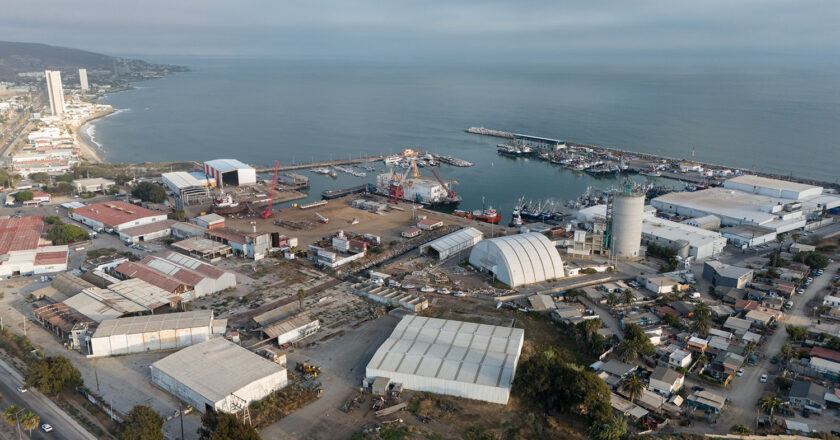They call it the “Bypass,” but it’s really a lifeline in waiting. The plan is to open a third route …


They call it the “Bypass,” but it’s really a lifeline in waiting. The plan is to open a third route …

If you were planning on sipping a cocktail while watching whales off the coast of El Sauzal—might want to do …

Hollywood may have Tinseltown, but Ensenada could be next in line for the spotlight. Netflix executives recently visited Ensenada to …